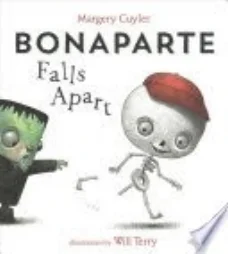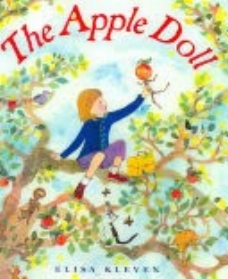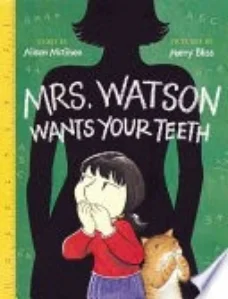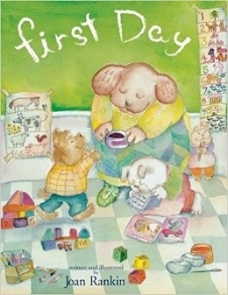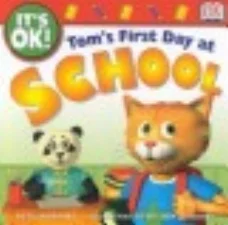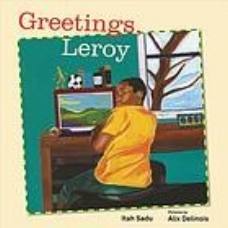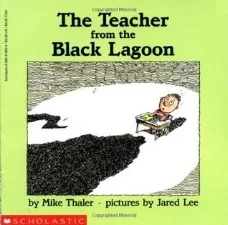Families traveling with young children have many considerations to make when going on a journey. I was traveling recently and noticed a family next to me struggling to get through airport security due to all the extra objects needed when traveling with small children. In addition to all the adult things they brought for the trip, they had: a car seat for each child, one stroller, 2 child-size suitcases, and a diaper bag. Many of the contents in the diaper bag had to be removed because they contained liquid. We were on the same plane and again I saw how challenging it was for the family boarding the plane. It is no wonder that many parents choose to stay home and avoid travel because of the hassle involved in moving a family from point A to point B.
On the Go
The Dean of the Rosen College of Hospitality Management at the University of Central Florida, Dr. Pizam, delineates travel from tourism. He says that travel is moving people from one place to another, whereas tourism represents businesses engaged in providing goods and services to tourists (who are people traveling to places outside their homes and usual settings). Families are a unique segment of the travel and tourism industries and may need different things compared to people traveling without children.
There are so many benefits to family travel and tourism. Relationship therapy is one of them. Family functioning may improve when a family has the opportunity to go on a vacation together. Enabling access to travel and tourism opens doors for young children and their families.
Source: Pizam, A. (2009, June). What is the hospitality industry and how does it differ from the tourism and travel industries? International Journal of Hospitality Management. pp. 183-184.









